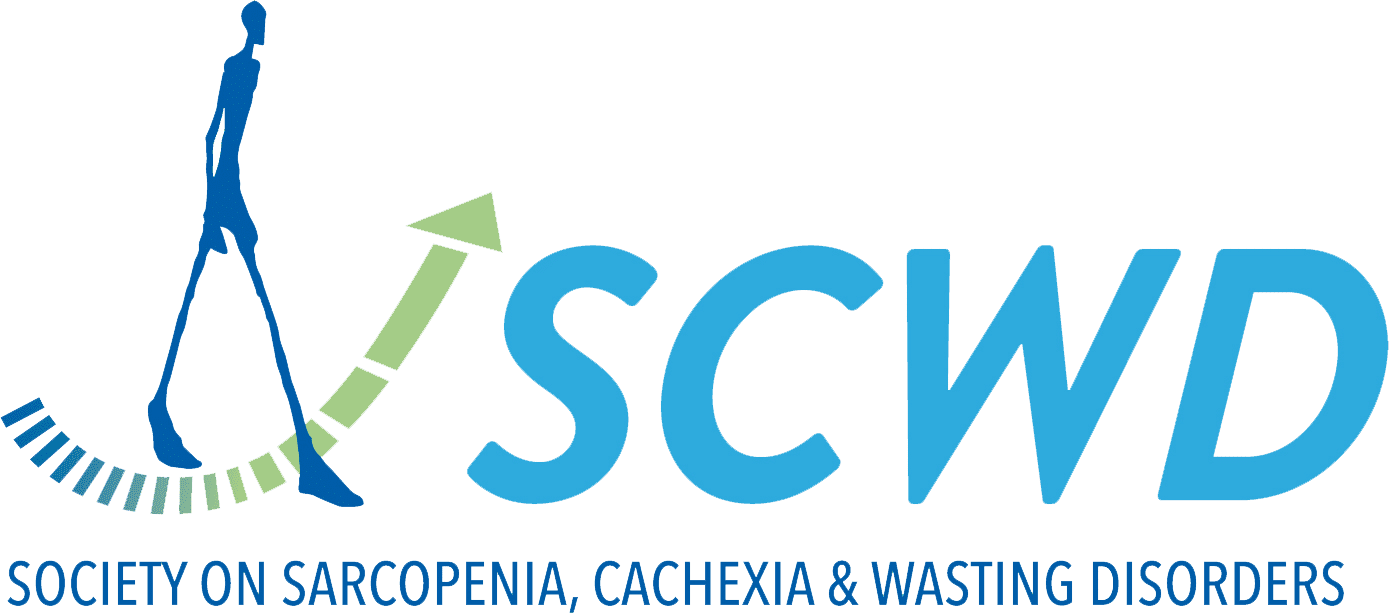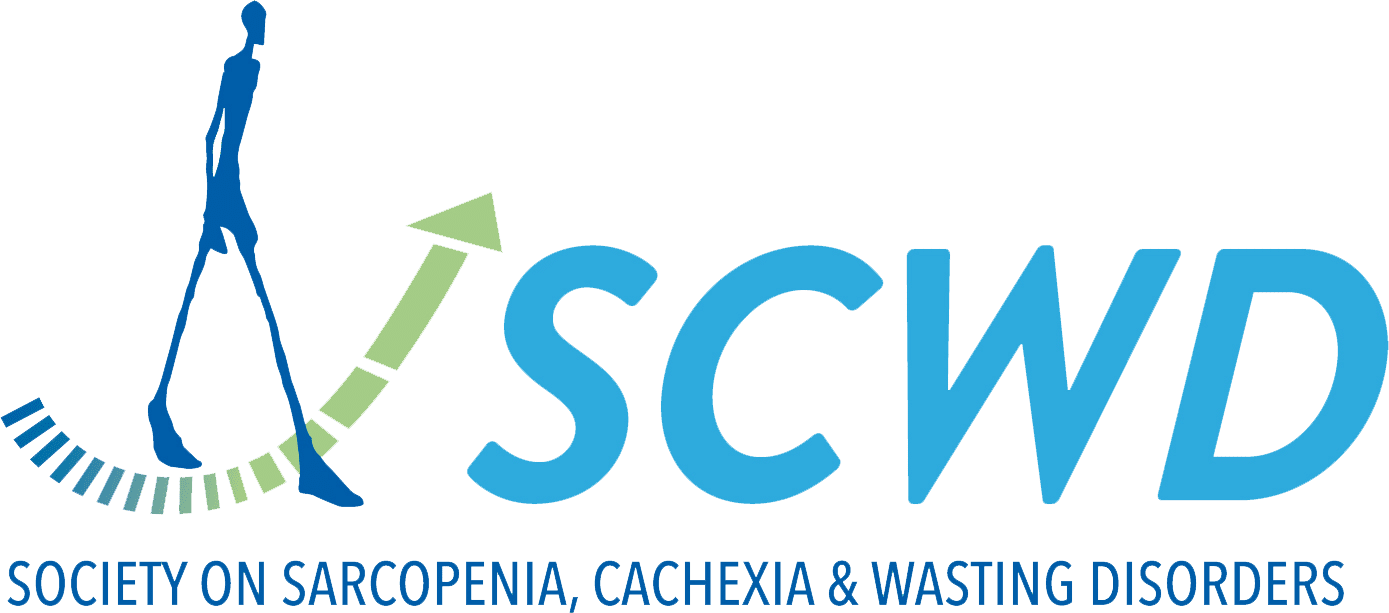It is known that one in five adults with pre-frailty progresses to frailty over a 3-year period. Low protein and energy intake, increased prevalence of multimorbidity, and a sedentary lifestyle are well-characterised drivers of sarcopenia. Consequently, they act as catalysts of older adults’ transition to frailty. In this vein, stimulating increased muscle protein synthesis through regular physical exercise and protein-enriched diet consumption is pivotal for pre-frail older adults. Current U.S. Food and Nutrition Board guidelines recommend a dietary allowance of 0.8 g/kg of protein per day for older adults. However, this amount may be insufficient for those with pre-frailty due to their low-grade inflammation, multimorbidity, and increased susceptibility to anabolic resistance.
This study aimed to examine the impact of leucine-enriched protein supplementation with or without exercise on 1) physical function, 2) body composition, and 3) systemic inflammation in pre-frail older adults with a daily protein consumption of ≤1 g/kg.


